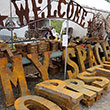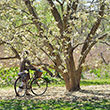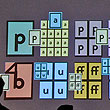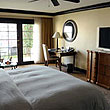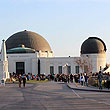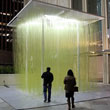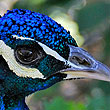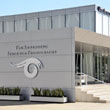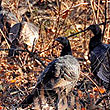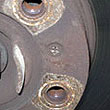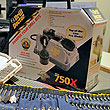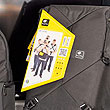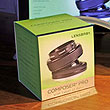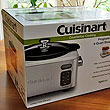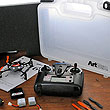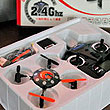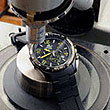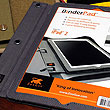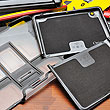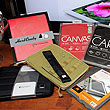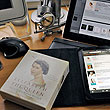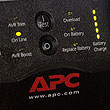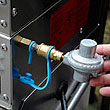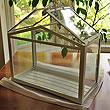We are the recipients of a lot of press releases. A few weeks ago, one announcing Lytro's update to its innovative Light Field camera caught our attention.
caught our attention.
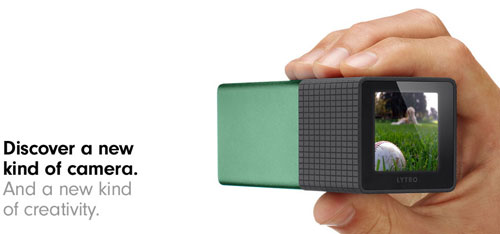
We first reported on Light Field tech in 2005. It is a cool technology, but it was confined to the lab. Since then, Yi-Ren Ng has successfully created a company (based on his research), commercialized the technology, and is trying to make money in the real world, so we thought it was time we gave our take on it. We believe that it is MISTAKE for Lytros to start out targeting the consumer market. Clayton Christensen made the basic reasons clear in his book, The Innovator’s Dilemma.
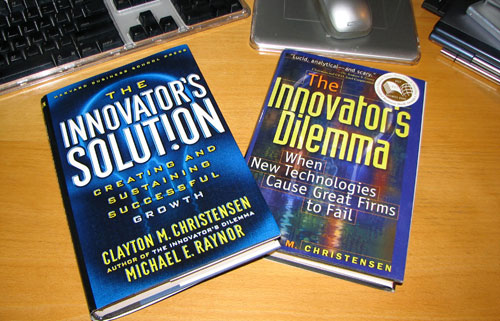
The problem Lytro faces is the same obstacle that explains why the transistor was not able to compete with vacuum tubes in the audio market when it first came out. Image resolution is important to the consumer market, and the Lytros camera is not yet able to compete with even the cheap point and shoot cameras currently available. Lytros should apply the variable post-shot focus capability to a market where the feature will add critical value, which at this stage of the technology is not the consumer market.
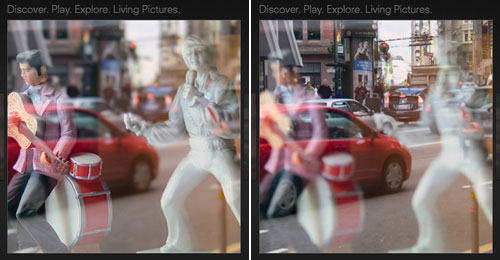
We suggest instead that the company focuses its product development efforts in the security camera space. Being able to change the point of focus (near, far) after the fact to look at the scene is something not available in any security camera, regardless of price. This is an important capability and a huge differentiating feature. While image resolution is important, most security cameras are not as high-res as many point and shoot snapshot cameras, so Lytro's lower resolution (1080 x 1080) would still be competitive. Of course, low-light performance will be a factor. Hey, we didn't say it would be a slam-dunk, but it will at least give the company time to work out the deficiencies before jumping into the cut-throat field of consumer electronics.
BTW, the transistor first found its niche in hearing aids; can’t stick a vacuum tube in your ear! So even thought the early transistors couldn't compete with tubes for music applications, its SIZE gave it an advantage where ANY sound was better than NO sound. This is how Lytros should think when looking for its first market success. When Light Field camera's resolution gets high enough, they will be able to compete with the point-and-shoot, and maybe even DSLRs…just not today. [Permalink] -Lytro FirstThoughts
|










